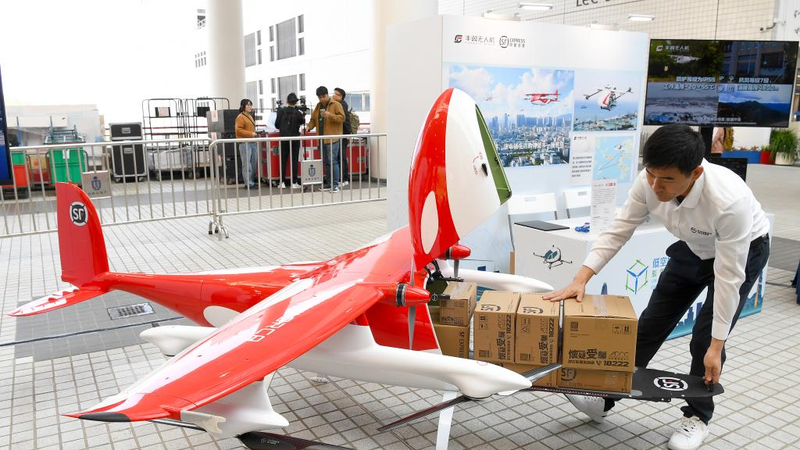Imagine gliding above city traffic in a flying taxi, or spotting a drone delivering a package to a rooftop café in Nairobi—all thanks to innovations born on the Chinese mainland. The low-altitude economy, defined as commercial and consumer activities in airspace below 1,000 meters, is taking off around the world with China leading the charge.
According to the Chinese mainland's Ministry of Industry and Information Technology, this ecosystem—combining drones, electric vertical takeoff and landing vehicles, AI and clean energy—could surpass 1 trillion yuan (about $140 billion) by 2030. From drone-based logistics and aerial tourism to emergency response solutions, the low-altitude economy touches diverse sectors, promising both economic growth and environmental benefits.
Key players are already reshaping the landscape:
- DJI dominates consumer and commercial drone markets, exporting cutting-edge UAVs globally.
- EHang pilots autonomous aerial taxis that could soon ferry passengers in smart cities.
- Logistics leaders like JD.com and Meituan deploy drone fleets for last-mile delivery, cutting travel time and carbon emissions.
What sets the Chinese mainland apart is its proactive airspace policy. By opening regulated corridors in pilot zones like Shenzhen, Guangzhou and Hunan Province, authorities have created a supportive framework for innovators and startups. This approach contrasts with fragmented regulations in many countries, giving China a clear runway to scale new technologies.
The ripple effects are global. As urban centers grapple with congestion and pollution, low-altitude solutions offer a compelling alternative. Electric flying taxis and drone networks can ease pressure on roads, speed up deliveries and reduce urban carbon footprints. Nations from India and Brazil to Kenya and the United States have the opportunity to adopt or collaborate on these breakthroughs, tailoring them to local needs.
For young entrepreneurs and digital nomads, this emerging frontier signals fresh business opportunities and career paths in unmanned aviation, AI-driven air traffic control and sustainable transport services. Thought leaders can champion policies that balance innovation with safety and equity, ensuring low-altitude airspace becomes a shared global asset.
China's low-altitude economy isn’t just a national experiment; it’s a blueprint for the future of mobility, logistics and green tech worldwide. As airports give way to vertiports on skyscraper rooftops and drones map new trade routes in our skies, we’re witnessing a reinvention of how we move, connect and thrive.
Reference(s):
China's low-altitude economy: Next frontier in global innovation
cgtn.com




